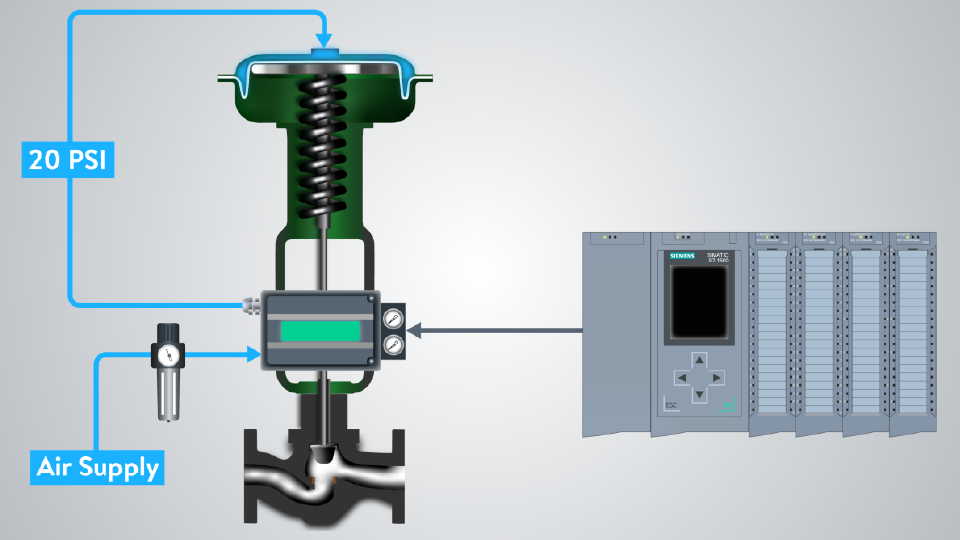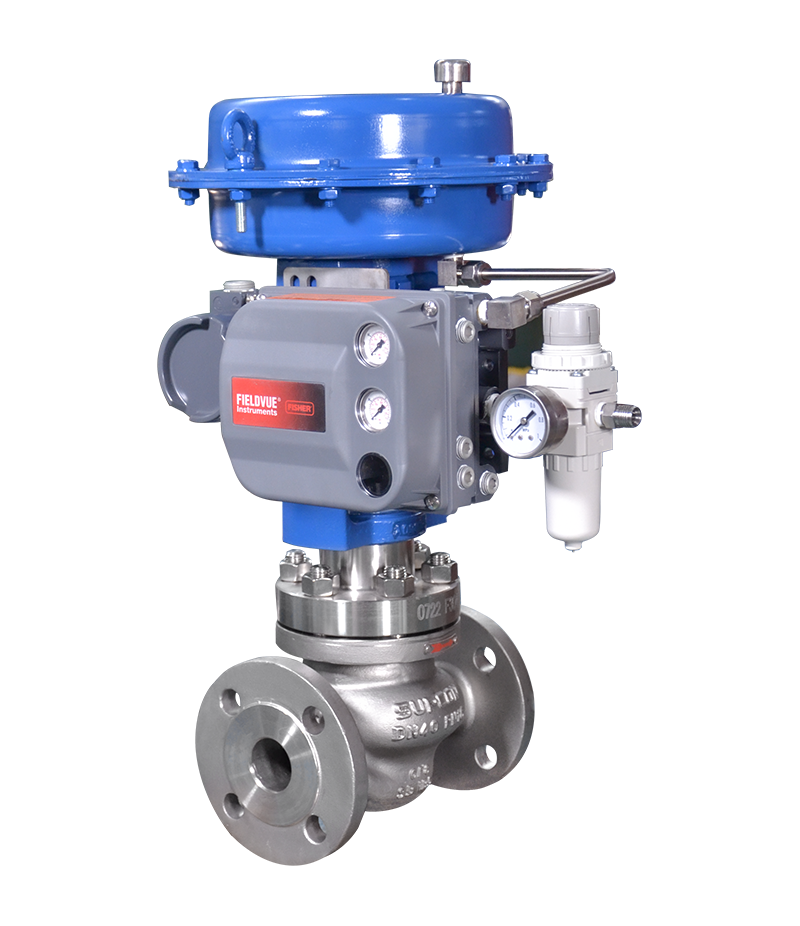Recognizing the Significance of Control Valves in Process Automation
Recognizing the Significance of Control Valves in Process Automation
Blog Article

Maximize Power Financial Savings and Convenience With Advanced Structure Automation Controls
In the realm of contemporary style and center administration, the integration of advanced structure automation regulates stands as a critical improvement. The convergence of innovation and sustainability has birthed a brand-new era where power performance, comfort optimization, and operational streamlining are no longer attainable facts yet far-off aspirations. By harnessing the power of automation, structures can adapt, react, and progress in methods that were as soon as inconceivable. The potential for considerable energy cost savings and boosted convenience is not just a promise however an opportunity waiting to be satisfied. This paradigm change in building administration holds the key to opening a world where ecological conscientiousness and resident wellness harmoniously coexist within the walls of our frameworks.
Energy Efficiency Perks
Energy performance benefits can substantially lower energy usage and functional prices in buildings. By carrying out energy-efficient practices and technologies, building owners and drivers can achieve considerable financial savings while additionally adding to environmental sustainability. One of the main advantages of improving power performance in structures is the decrease of energy expenses. Energy-efficient systems, such as innovative structure automation controls, can maximize the usage of sources like lighting, heating, and cooling, bring about reduced power expenses over time.
Moreover, boosted energy efficiency can lengthen the life expectancy of structure devices and systems. By operating more successfully, HVAC systems, lighting fixture, and other structure elements experience much less deterioration, leading to decreased upkeep and replacement expenses. Additionally, energy-efficient buildings frequently regulate greater building worths and rental prices, supplying long-term financial advantages to proprietors.
Additionally, power effectiveness can enhance passenger convenience and productivity. Correctly regulated indoor settings with optimal illumination and thermal problems create a more pleasant and conducive office, bring about improved employee satisfaction and efficiency. On the whole, the energy efficiency advantages connected with sophisticated building automation controls are diverse, incorporating price financial savings, ecological stewardship, and passenger well-being.
Improved Comfort Control
Enhancing convenience control in structure atmospheres requires an innovative combination of advanced automation systems for optimal owner wellness. By making use of innovative structure automation controls, facilities can customize the indoor setting to satisfy the particular demands and preferences of passengers. control valves.
By incorporating these advanced controls, structures can not just boost convenience yet additionally enhance energy effectiveness by enhancing system operations based on real occupancy and use patterns. Ultimately, prioritizing owner comfort with sophisticated automation systems leads to a much more satisfying and healthier indoor environment.
Operational Efficiency Improvements

Furthermore, the implementation of real-time surveillance and analytics devices allows structure operators to recognize energy ineffectiveness and functional anomalies without delay. By constantly keeping an eye on power use patterns and system efficiency metrics, modifications can be made in real-time to optimize power usage and guarantee peak functional efficiency. control valves. Additionally, incorporating demand feedback approaches right into building automation controls can additionally boost operational effectiveness by dynamically changing power use based on grid conditions and rates signals
Indoor Climate Optimization
Reliable interior environment optimization is a fundamental aspect of structure automation controls, guaranteeing owners' convenience and health while maximizing energy cost savings. By using sophisticated sensing units and controls, constructing automation systems can continuously check and change temperature level, moisture degrees, air high quality, and air flow to produce an optimum interior setting. Maintaining comfortable and constant conditions not just boosts occupant contentment but likewise boosts productivity and overall well-being.
Interior environment optimization also plays a critical duty in power effectiveness. By fine-tuning home heating, cooling, and ventilation systems based on real-time information and occupancy patterns, building automation controls can significantly minimize energy consumption - control valves. Carrying out techniques such as you could try this out demand-controlled air flow and thermal zoning can help decrease energy waste while ensuring that each area of the structure receives the needed conditioning.

Lasting Environment Creation
Structure automation controls not just optimize interior climate problems for energy performance and resident convenience however also lay the structure for creating a lasting environment with tactical management of systems and sources. By integrating sophisticated structure automation modern technologies, such as sensors, actuators, and smart software application, centers can keep track of and change energy use in real-time to decrease waste and lower their carbon footprint. These systems allow anticipating maintenance, determining possible issues before they rise and optimizing devices performance to boost long life and efficiency.
Furthermore, sustainable setting creation control valves prolongs beyond energy administration to include water conservation, waste reduction, and indoor air high quality enhancement. Structure automation controls can regulate water usage, find leakages, and make certain proper garbage disposal methods, adding to general sustainability efforts. Furthermore, by checking and controlling ventilation and filtering systems, these innovations improve occupant health and performance while lowering power consumption connected with a/c operations.
Final Thought
Finally, advanced building automation regulates deal considerable benefits in terms of energy savings, convenience control, functional effectiveness, indoor climate optimization, and producing a sustainable setting. By applying these controls, structures can accomplish ideal performance while reducing power consumption and improving resident convenience. It is obvious that using advanced automation modern technology is crucial in enhancing structure performance and developing a more sustainable future.
Power efficiency benefits can significantly minimize power usage and functional costs in structures. In general, the power performance benefits linked with advanced structure automation controls are diverse, encompassing expense financial savings, environmental stewardship, and owner well-being.
In addition, including demand response strategies into structure automation controls can further enhance functional effectiveness by dynamically readjusting power use based on grid problems and prices signals.
Structure automation regulates not only enhance indoor climate conditions for energy efficiency and passenger comfort but also lay the foundation for producing a lasting atmosphere through tactical management of systems and sources.In conclusion, progressed structure automation manages offer substantial advantages in terms of power cost savings, comfort control, operational performance, indoor climate optimization, and developing a sustainable environment.
Report this page